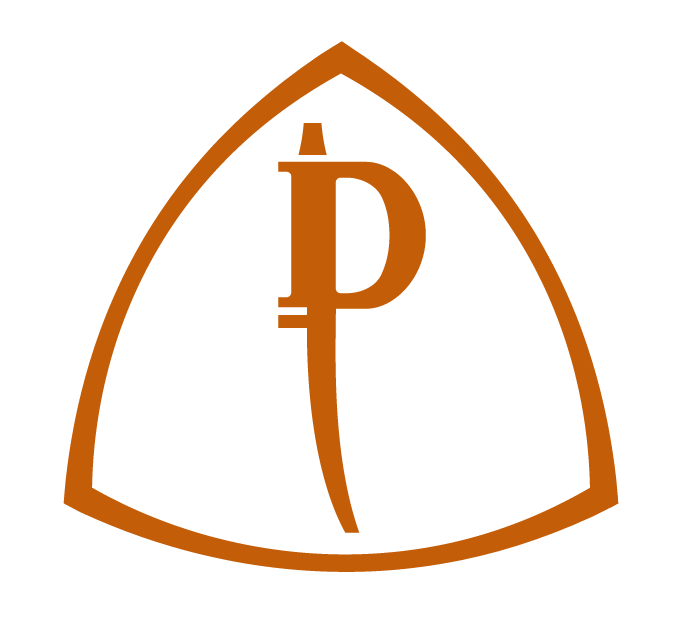Upward Spiral
Monday-Saturday
8:30am-4:30pm
Tools & materials provided
“As this sequence suggests, we view the process of learning the fine art of cabinetmaking as an "upward spiral," in which the cabinetmaker is constantly refining techniques previously learned-an effort with no end, as such, whose goal is excellence in all aspects of the craft.”
– James Krenov
Upon completion of Impractical Studies Program and a better understanding of the wood, tools and details of fine cabinetmaking, we are ready to take on the making of a fine cabinet or box in solid wood. We will use one of Jim’s solid wood case pieces as a starting point for our work. In this the second term of our Impractical Cabinetmaker Program, we begin with an exercise. Using our finely tuned hand planes, we will flatten and square a piece of eastern hard maple, split it along its length and edge joint it seamlessly back together. We will then re-flatten and square the board. We then cross cut it and complete a set of through casework dovetails. While the exercise is underway, students receive daily consults with the resident craftsman & teacher discussing their intentions for the piece they will make during the term. We will look at the wood, and when it speaks we will do our best to listen.
When I was in school, the criteria for our first piece is as follows: small, simple, solid and sweet. I would like to add to this sensitive and sensible. Embracing the upward spiral that Jim suggested we will need to work in smallish scale. This enables us to spend the time on the details. Keeping the work simple, does not at all mean, uninteresting, quite the contrary. We should keep in mind what David Pye suggested, that as one approaches the work, their should be more to discover. This enables us to refine the skills we have learned in the first term. Understanding how wood works, is a skill like any other, we will build on methods discussed in the first term, and explore new methods including any required hardware. Keeping the work small, simple and solid gives us the opportunity to simply do our best work, and obsess about the details, without getting overwhelmed with large surfaces, and complicated joinery. We need to establish references in our work and complete this work at sensible pace. We need to work carefully and efficiently. We need to respect our material, selecting it completing the work without compromise.
We need to understand that for one to become a complete craftsman, that is the designer and the maker; one must first learn craftsmanship and develop an understanding of how wood is worked by the sensitive craftsman. We need to understand that wood is a living material; to ignore this can work unfavourably in its function and affect its longevity. We need to approach the work in a very personal way; we need to understand the work of the impractical cabinetmaker.
We will work from just one plank of wood. We will need to be curious and learn its properties. From this plank we will need to select the material for the entire piece while we practice and develop a sensible balance between hand and machine tools.
We will be revisiting a variety of skills and learn new ones as we proceed and we will do this without the distraction of design process. The weights and measure of this piece has been decided, as have the details. We need only to focus on doing our best work. Work which is done with our hands with a careful eye, perhaps even more importantly work that comes from the heart with a reverence for the material.
We will be making a smallish case piece. When I was in school, the criteria was small, simple. solid and sweet. Precious wood is in limited supply, and will be distributed based on a student’s intentions for the piece.
Each of woods we will be using, have their own properties, and I mean this in the most unscientific way. The way a plane feels on one wood is an entirely new experience on another; even the shavings can be different. How the wood feels when being pared cross grain with a fine chisel. Is the wood abrasive requiring even more frequent sharpenings. How does the end grain respond to a shearing tool? Are my cutting angles to steep, or too shallow? We need to pay attention while we work. Use our experiences to make the process enjoyable require less effort. This exercise will build upon the upward spiral that Jim spoke of. The revisiting of past experiences; will assist you in your new work. Knowing when you will need to slow down, and pay even more attention. What tools and even what processes presented and modifications made contributed to your ability to do fine work? These are just some of the questions we will begin to answer in the coming weeks.
Application for this program requires completion of Impractical Studies, a consult with the Program Director & Teacher, and the completion of the application package.Upon completion of the Upward Spiral program, students may apply for entrance into our Vidar's Chair program.


